Sala10: Rubén Gutiérrez
virtual exhibition
Ep. 2 Forcing the Door of the Present (MUAC)
Uncertainty, fear and restrictions connected to the COVID-19 pandemic have caused a considerable increase in cases of depression and anxiety around the world. Against this background, Rubén Gutiérrez has created a series that takes up the podcast format to reflect on introspection processes and meditation practices that have arisen in the midst of global anxiety. This series has been developed in different cultural and artistic spaces and its second episode was recorded in the MUAC building.
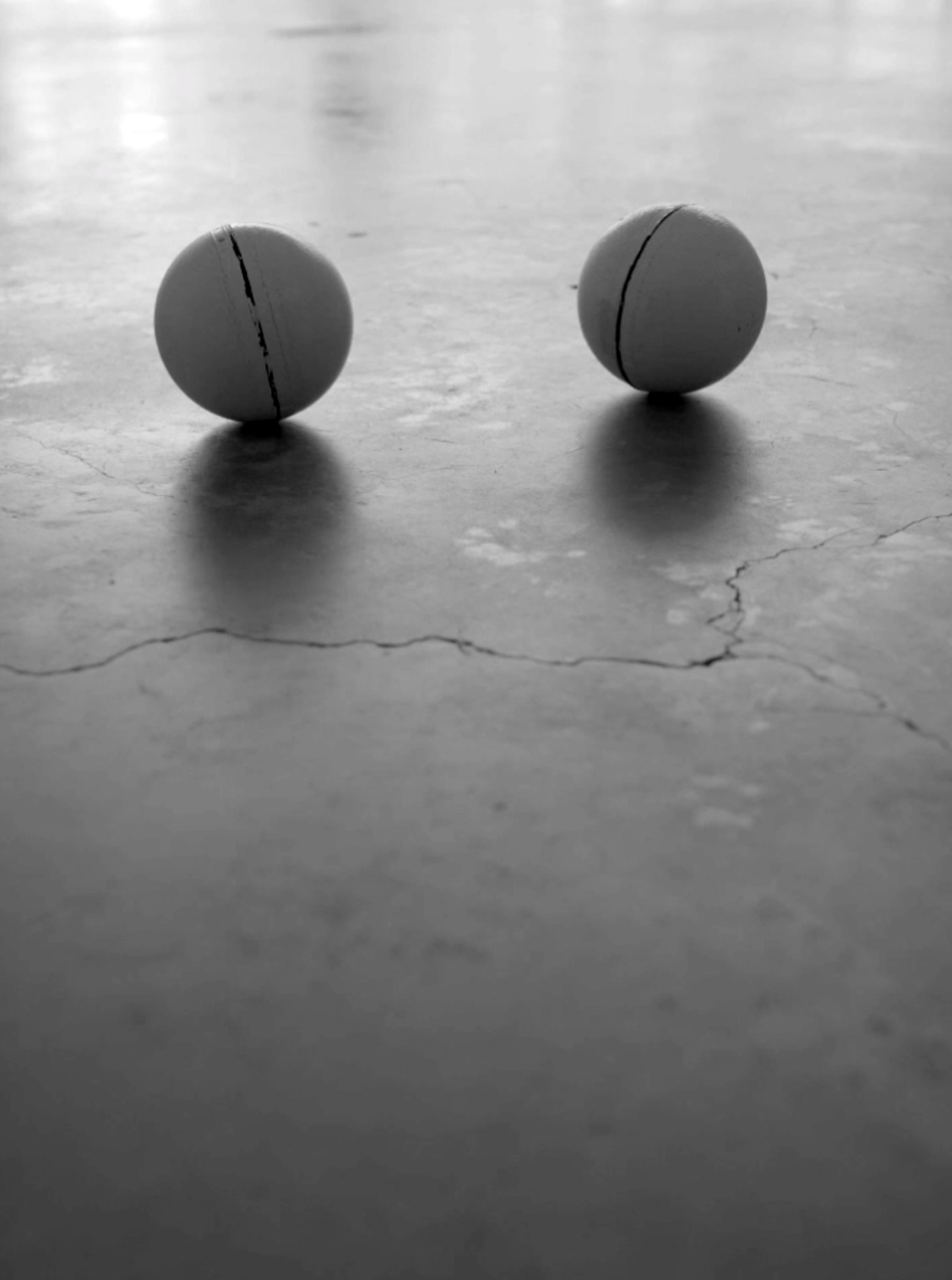
Taking Accidents Seriously
The video opens with a panoramic shot of the iconic façade of the MUAC. Two small, immobile spheres then appear on the floor of a museum gallery. What are they doing there? Are they waiting for the right time to be alone? When they’re sure that there are no other bodies in this space, the two protagonists come alive and begin a dialogue. They inhale and exhale. What are the implications of this act? Perhaps, that the spectators can tune into this pair of spheres, as if taking a deep breath before engaging in a profound reflection on anxiety and depression.
Ever since the first piece by Rubén Gutiérrez in which these “living” objects appeared, which was recorded and exhibited at Monterrey’s Colector Gallery in 2021, many things have changed: spaces that could not be occupied just months beforehand have been recovered and reinhabited, which has sparked new emotions that must be discussed. In this video, the spheres begin to roll, direction unknown, clumsily bumping against the walls from time to time as they hold a therapeutic conversation. This is a piece that is marked by COVID-19, when uncertainty encouraged anguish and paranoia while threats to our health and finances turned into anxiety and depression in our everyday lives. All over the world, depression is the primary cause of disability. While it primarily affects women in Mexico, it is expected that this year it will be the main cause of disability in the entire population.[1]
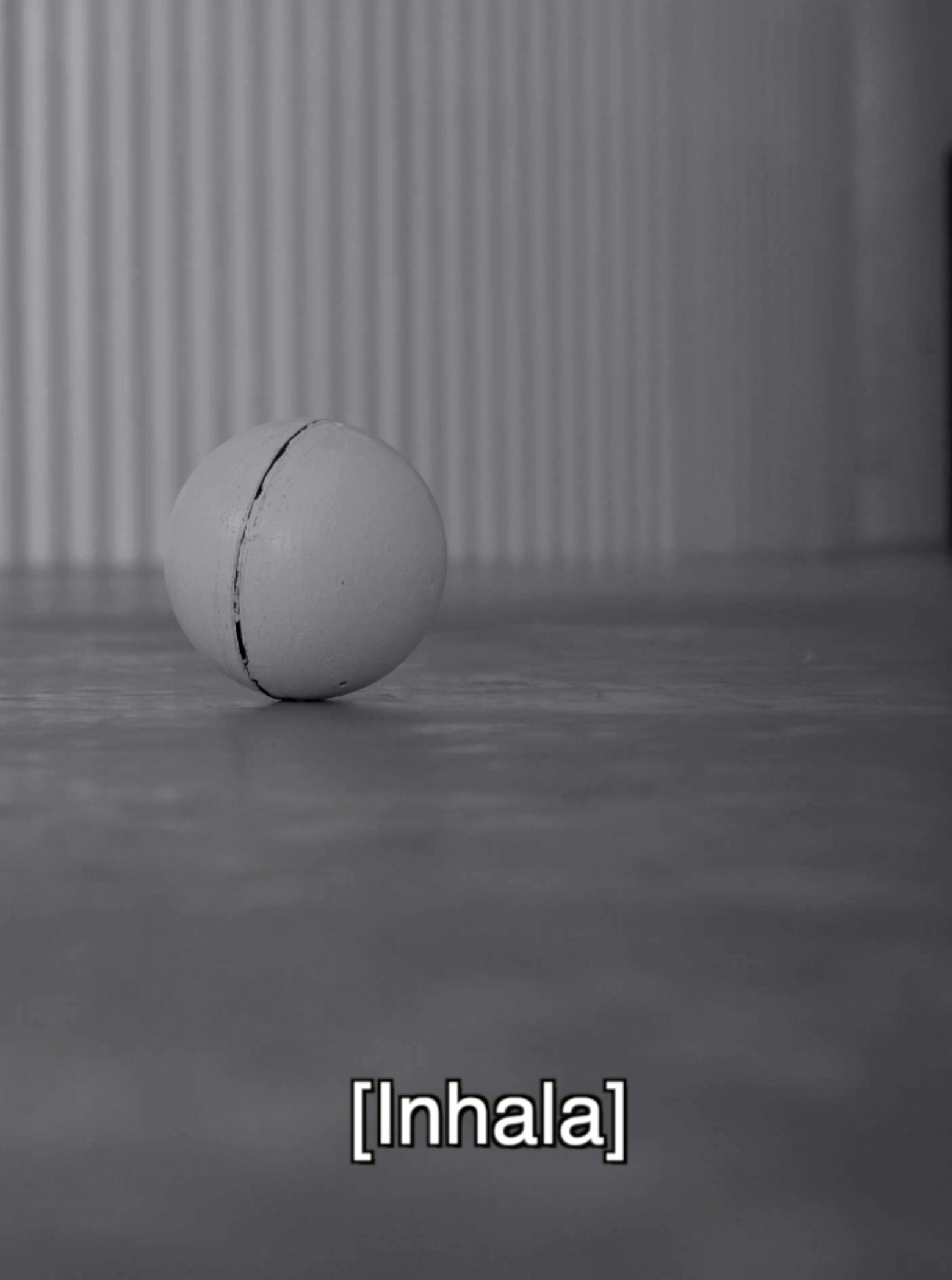
The situations produced by Rubén Gutiérrez generate a clash of emotions, combining irony, tenderness and humor, reactions that permeate an apparent self-help session. Gutiérrez invites us to reflect on this problem with a playful spirit he expresses through these motorized spheres, which mediate thought and speech on a subject that, due to its personal and private character, is often hidden.
On a secondary plane, the video is a meditation on the state of mindfulness, the Asian notion that has become central to popular esoteric culture, frequently understood as meaning “full attention.” Jon Kabat-Zinn argues that mindfulness consists of being conscious of everything that is happening around us through meditation practices that can lead to a profound, curative transformation, both internal and external: refraining from doing, from moving, from stirring—in sum, taking some distance and withdrawing from the word.[2]
Gutiérrez presents ironic dialogues that reveal a tragicomic phase of the language of mindfulness. In a time of crises and pandemics, it’s common to turn to this practice to confront mental health problems, especially in the West. Nevertheless, as Ronald Purser has denounced in McMindfulness,[3] in the so-called mindfulness revolution, schools, companies, governments and even armies have turned a practice with ancient roots into a tool for social control and pacification. Purser emphasizes the need to confront this narrative to the extent that it has us take responsibility for the stress to which we are subjected, as if it were not the result of our working conditions and life in this society.
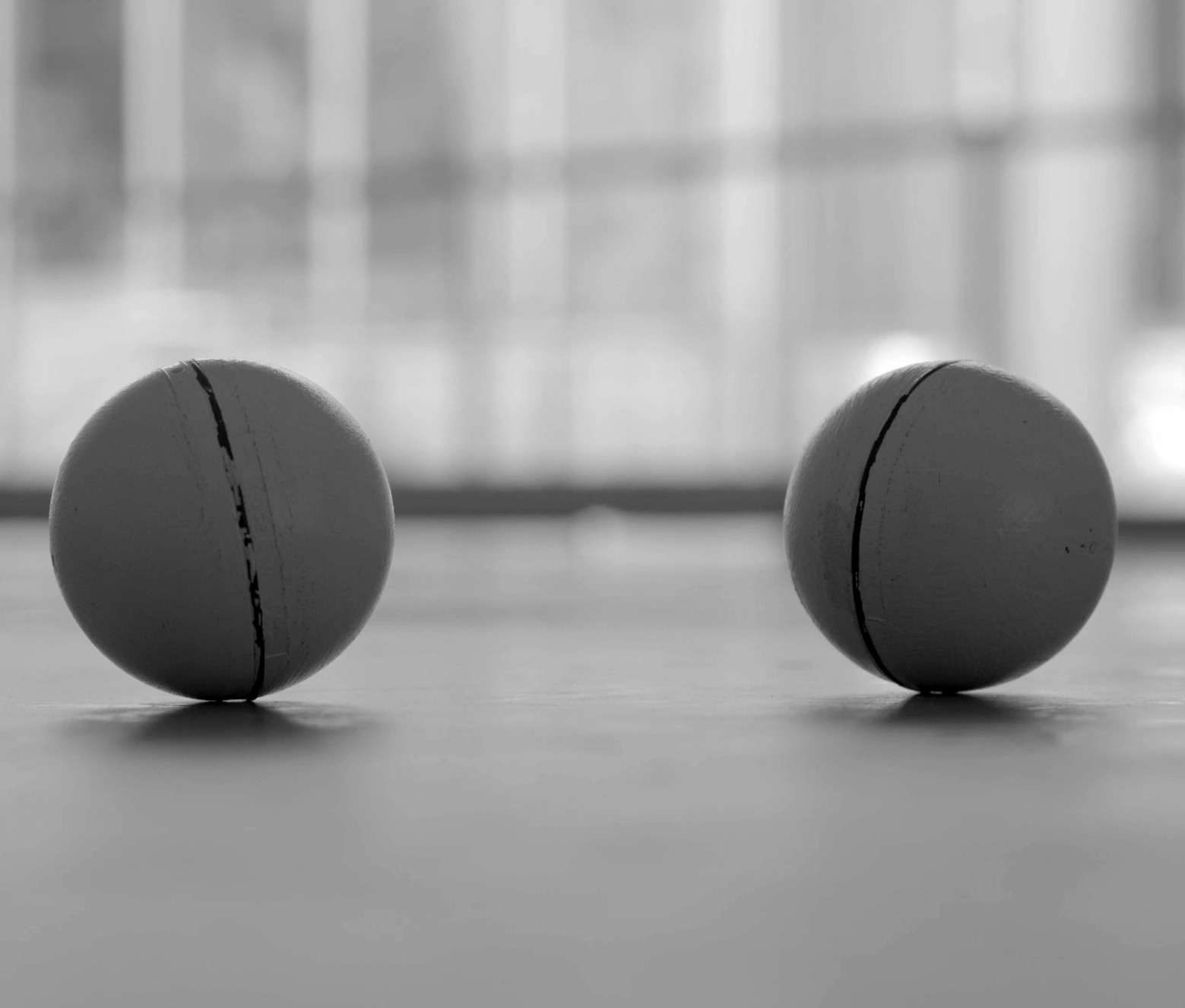
The artist turns to animistic fiction to give meaning to chaos and survive it: despite its critical and ironic tone, this piece is also a form of therapy that allows the artist to identify thoughts and behaviors that affect our mental health in order to modify them. As suggested by Ignacio Padilla—whom Gutiérrez references—if we attribute life to objects, it is to not have to recognize our fears and loneliness: “The empire of logic continues to be insufficient for untangling the oldest mysteries regarding how we relate to the material universe. Contemporary thought has not been able, nor has this been its desire, to do away with objects. Resigning to the inertia of things implies bearing the heavy burden of self-conscious life on our shoulders, recognizing our paradoxical solitude as beings with captive souls”.[4]
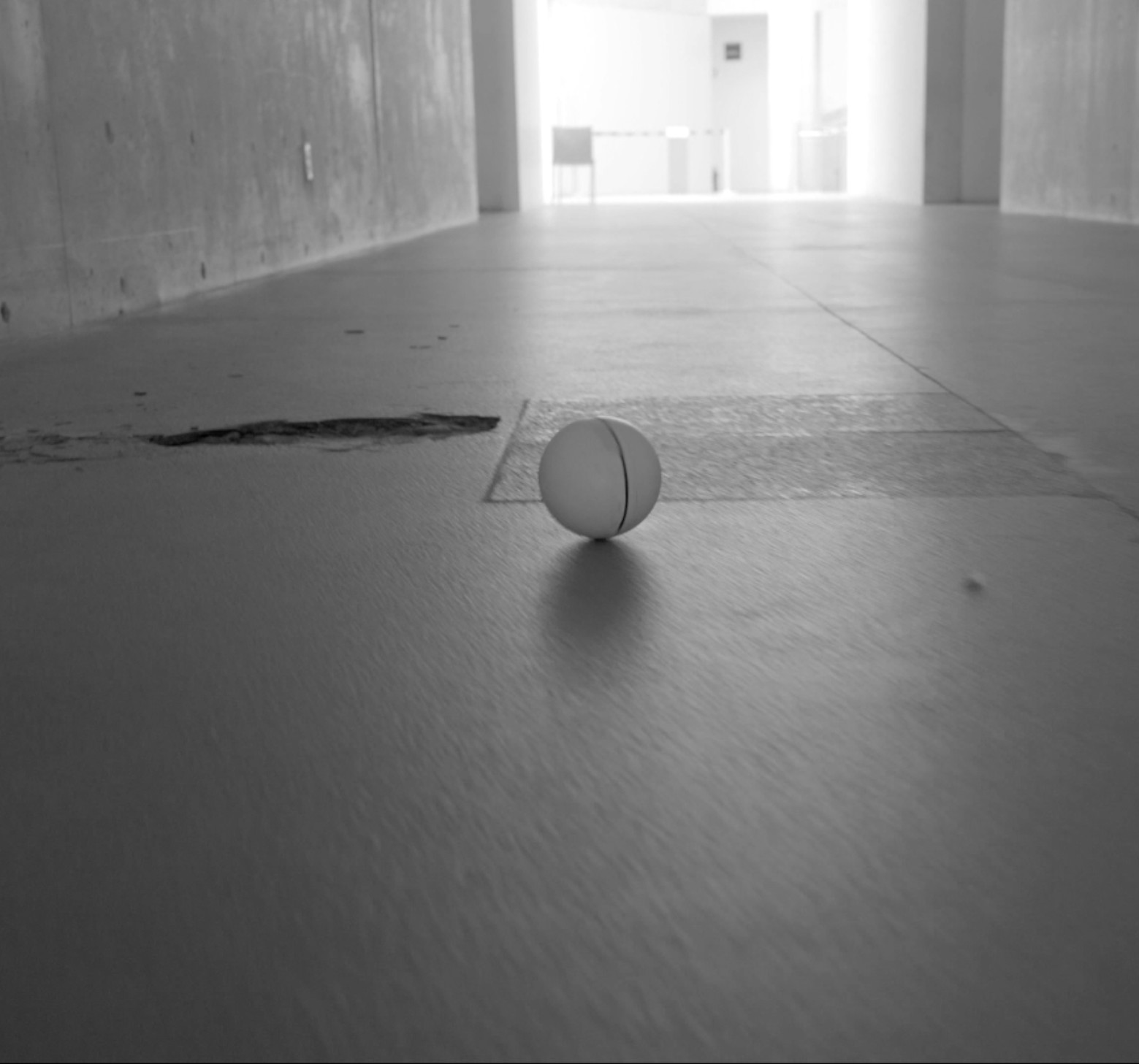
Against scientific evidence and the demonization of so-called superstitious thinking, contemporary society has not fully accepted the extinction of the souls of things. Likewise, it cannot renounce the defense mechanisms offered by fiction, imagination, fantasy and magic, which, like animism, once proved their efficacy at helping us endure fear, anguish, uncertainty and the growing loneliness of the contemporary world.
Ep. 2: Forcing the Door of the Present (MUAC) traces critical routes in the contemporary world in which we live and thus invites us to keep asking questions without ever arriving at an answer. Through the movement, imagination and journey of these spheres, Gutiérrez invites us to follow this reflective podcast to discuss art, meditation and mindfulness, but without losing our ironic laughter and sense of humor.
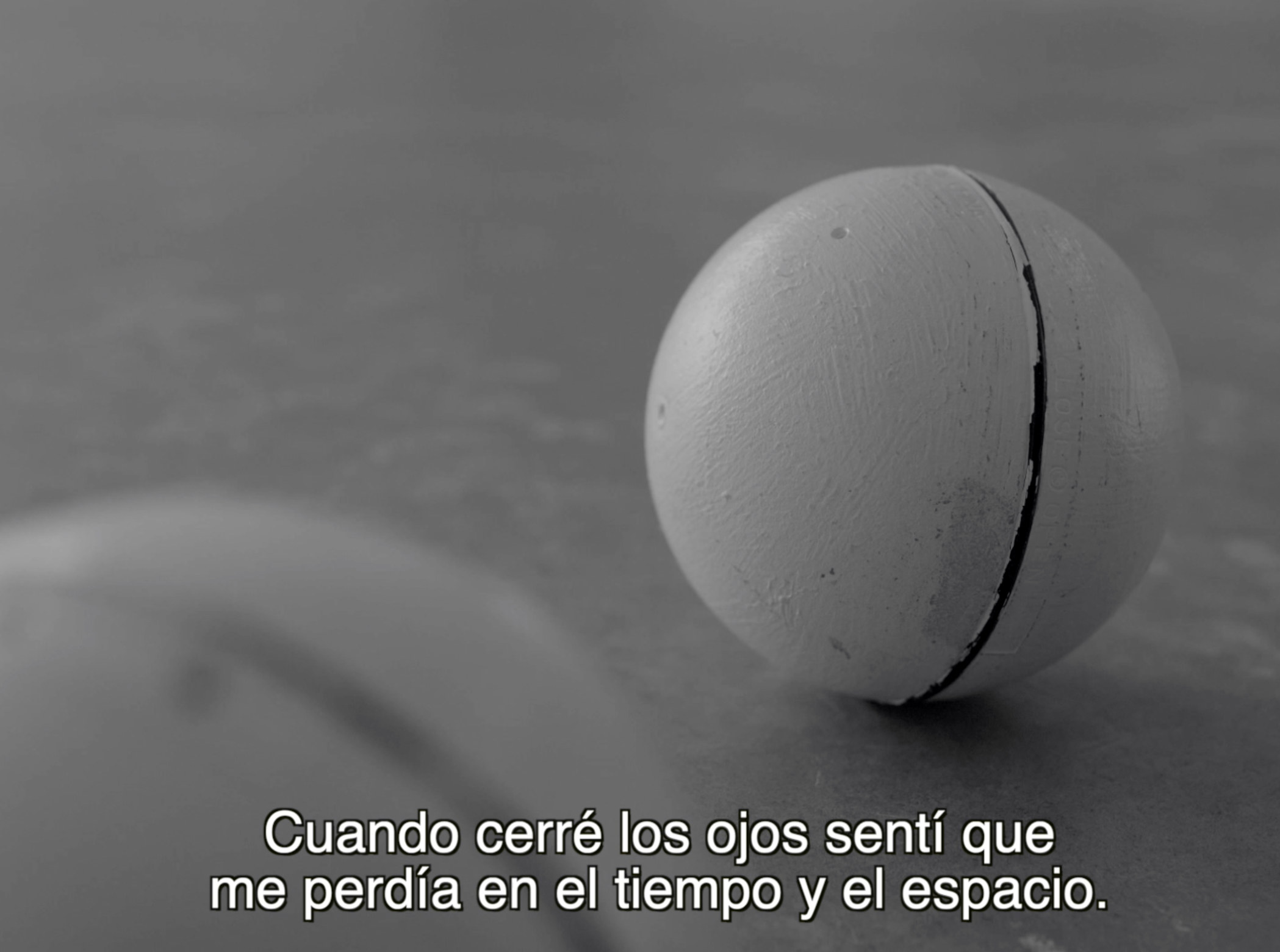
Our way of understanding reality is mediated by categories that form part of our understanding: access to the real occurs through certain “filters” in our way of thinking, and which we cannot do without. This is what these two motorized spheres question: their thoughts, actions, dialogues and images create various philosophical reflections with which the spectator can enter into dialogue. In the spheres’ series of encounters within the museum gallery, we can see that their fears and chance journey are the primary motors of their search for meaning.
Ana Sampietro Brosa
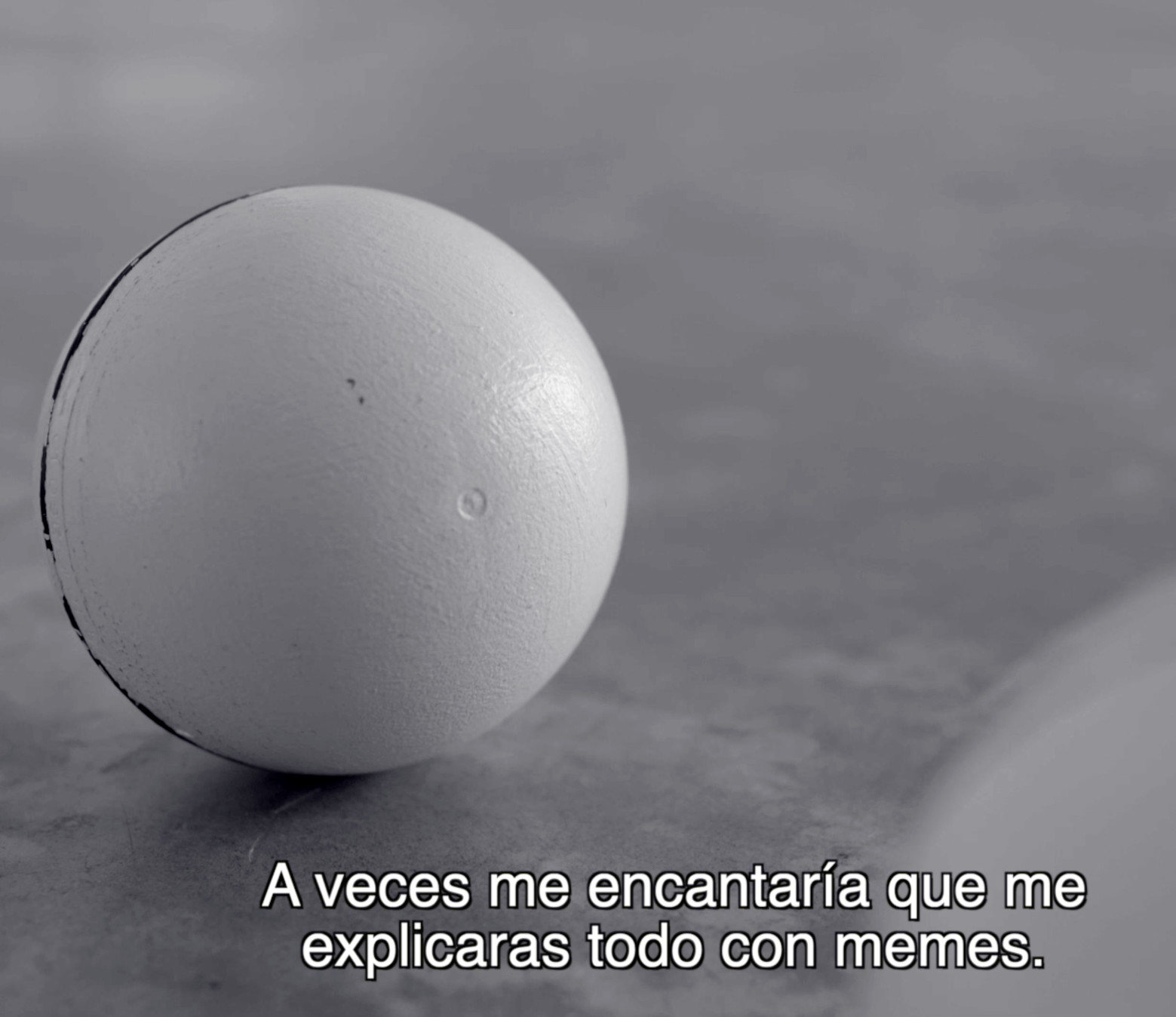
[1] Shoshana Berenzon, María Asunción Lara and María Elena Medina-Mora, “Depresión: estado del conocimiento y la necesidad de políticas públicas y planes de acción en México,” 2020. Available at: https://saludpublica.mx/index.php/spm/article/view/7190/9349.
[2] Jon Kabat-Zin, La práctica de la atención plena, Barcelona, Kairós Editorial, 2013.
[3] Ronald Purser, McMindfulness: How Mindfulness Became the New Capitalist Spirituality, San Francisco, Watkins Media Limited, 2019.
[4] Ignacio Padilla, La vida íntima de los encendedores. Animismo en la sociedad ultramoderna, Madrid, Páginas de Espuma, 2009, p. 6.
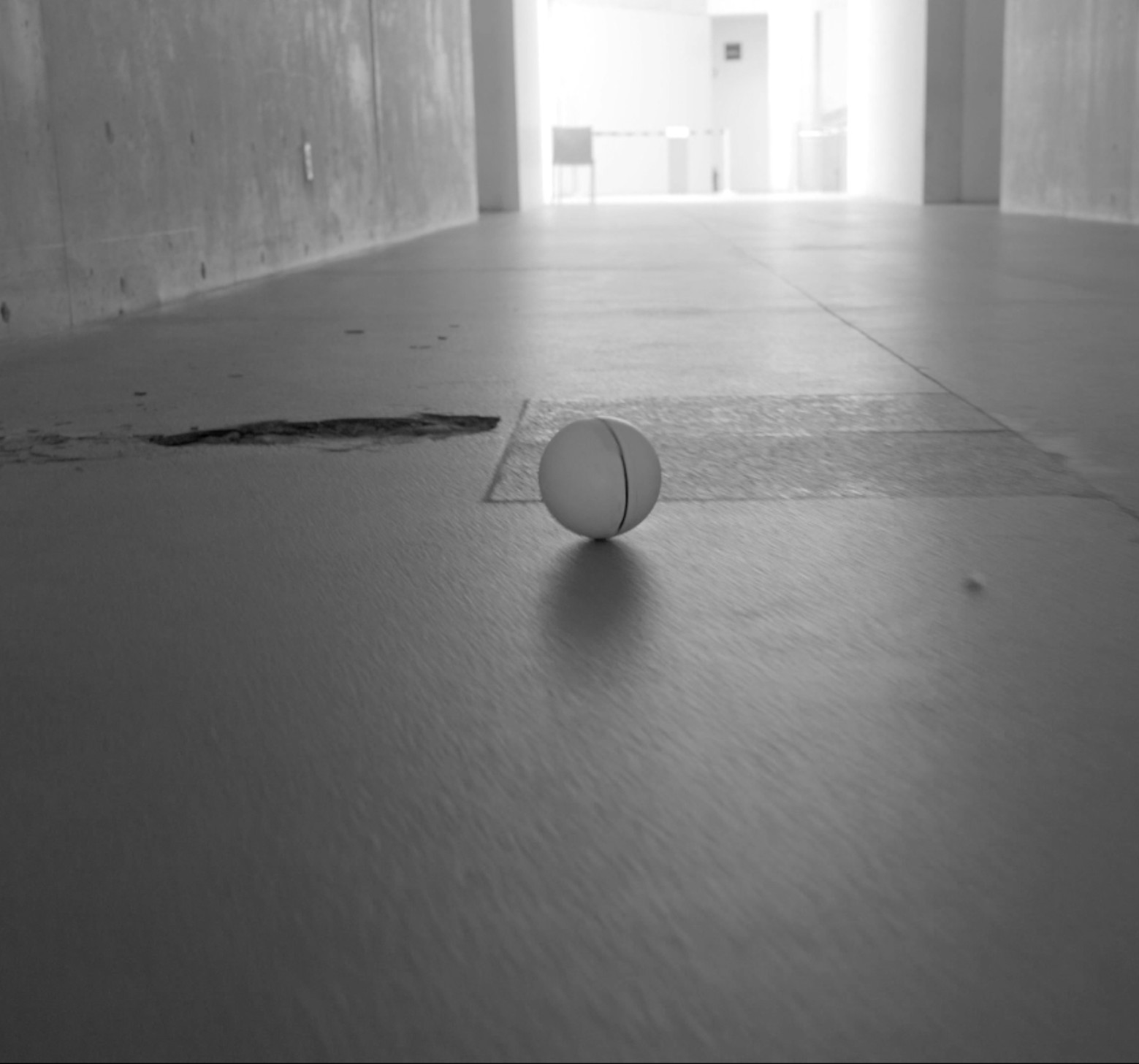
Ep. 2 Forcing the Door of the Present @muac_unam
Rubén Gutierrez
When men die, they enter into history. When statues die, they enter into art.
This botany of death is what we call culture.[1]
For millennia, humanity has gathered together around the fire to tell stories, illustrating them with whatever is on hand: pieces of charcoal on cavern walls, shadows cast by fire and imagination.[...]
COMPLETE TEXT HERE
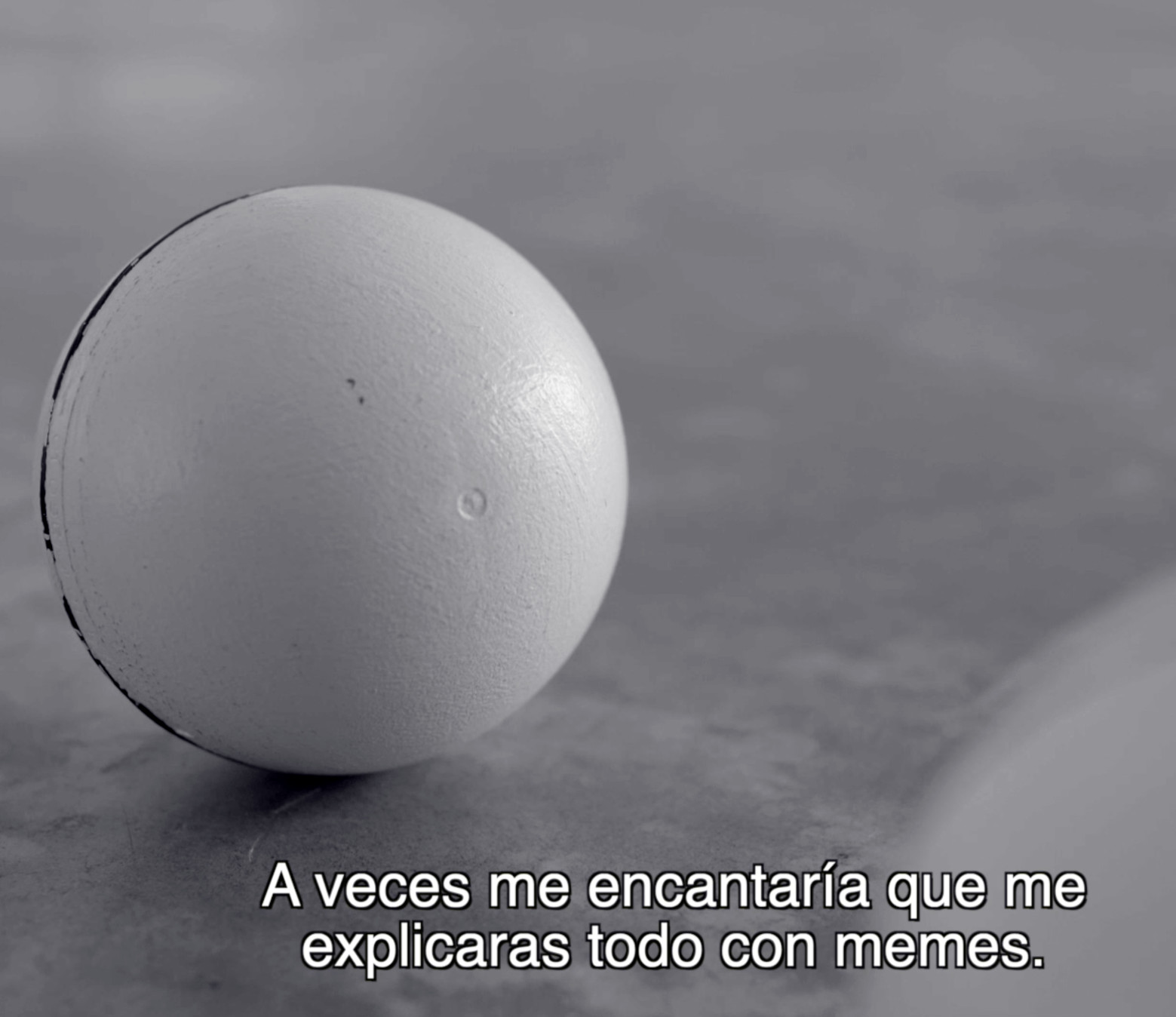
Rubén Gutiérrez, Ep. 2 Forcing the Door of the Present (MUAC), 2022
Single-channel HD video installation
10’ 27’’
Rubén Gutiérrez (Monterrey, 1972; he lives and works in Mexico City)
Rubén Gutiérrez is a visual artist, writer and filmmaker with a PhD from the UNAM’s Faculty of Arts and Design. Since 1993, his work and projects have been exhibited in Mexico and abroad. He represented Mexico at the 47th International Film Festival Rotterdam in 2018, at the Bolivia International Art Biennial in 2016, the Denver Biennial of the Americas in 2010 and the 4th Prague Biennale in 2009, among others. In 2006, he received the grant for emergent artists from the Cisneros Fontanals Art Foundation (CIFO) in Miami; he has also received the subsidy of the Fonca’s National System of Art Creators. His work is held by major public and private collections. He is the founder of ObjectNotFound.org, an independent organization whose mission is to promote knowledge of contemporary culture.
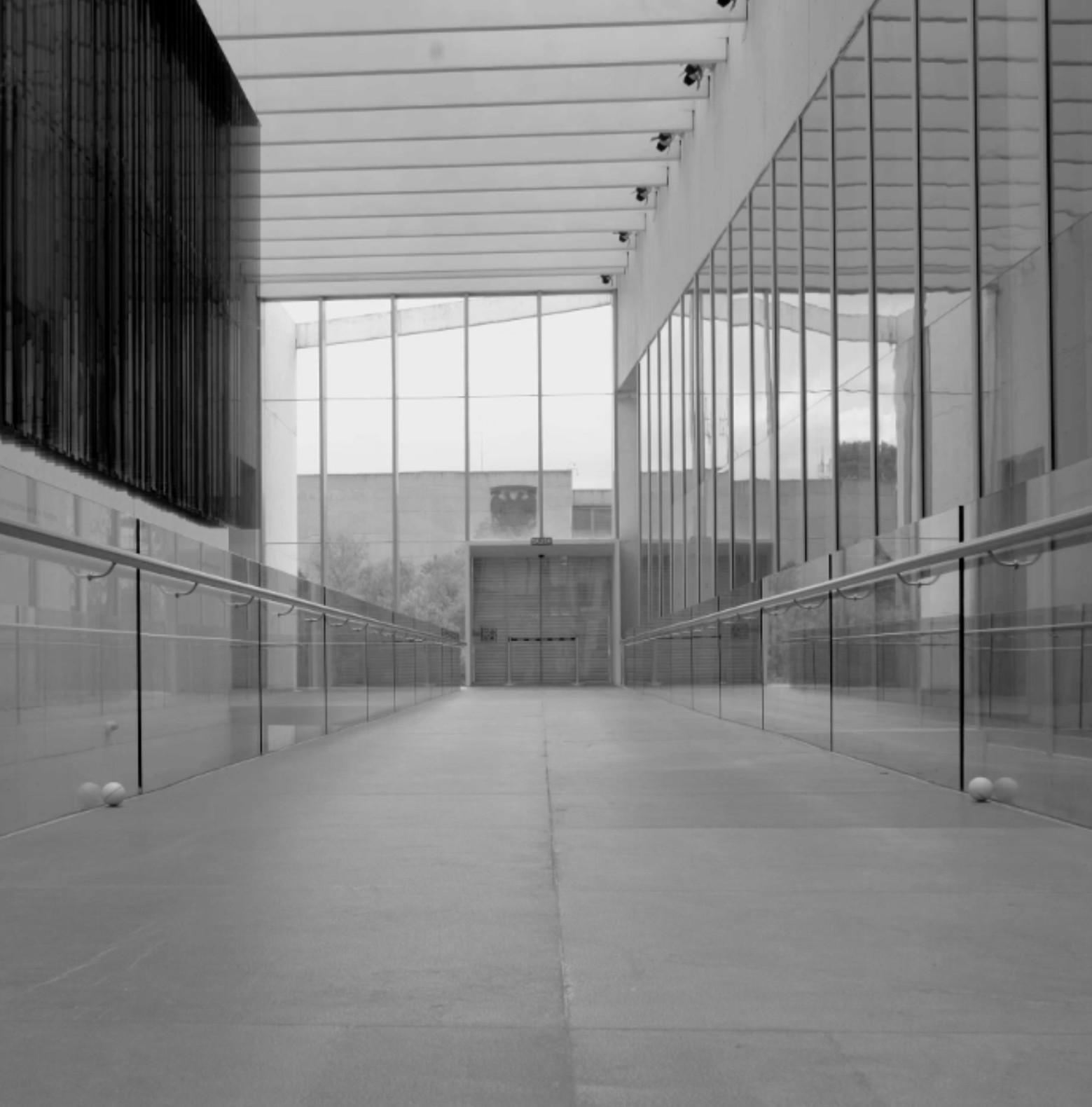
Curatorship: Ana Sampietro Brosa
Texts: Rubén Gutiérrez, Ana Sampietro Brosa
Content Direction: Ekaterina Álvarez Romero, Cuauhtémoc Medina
Digital Management: Ana Cristina Sol Sañudo
Content Editing: Roberto Barajas Amieva, Vanessa López García, Yerem Mújica Toscano
English Translation: Julianna Neuhouser
Press: Francisco Domínguez Morales, Eduardo Lomas


